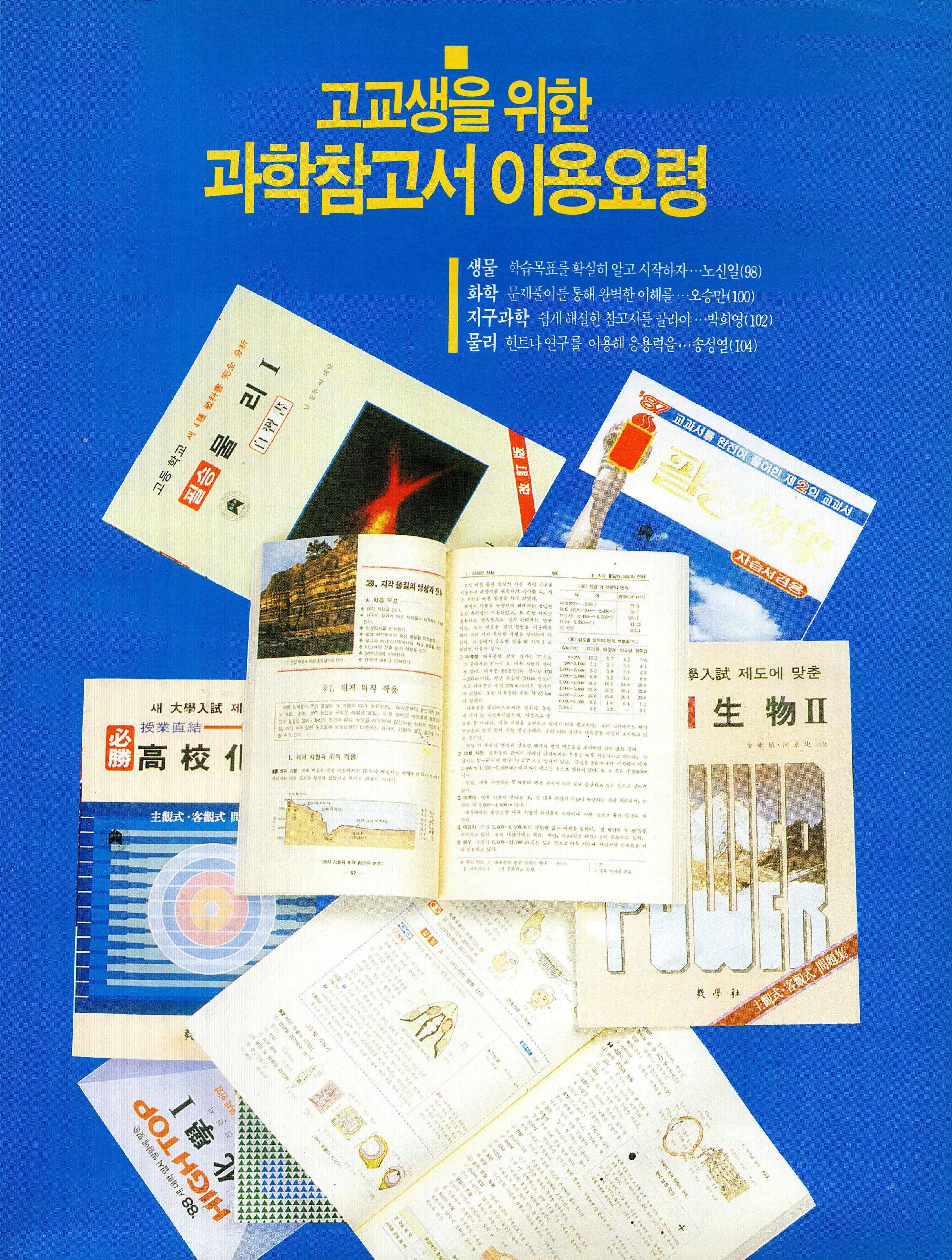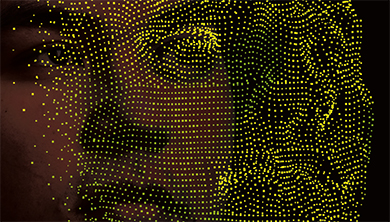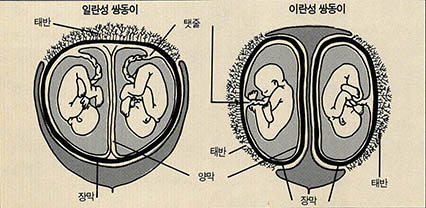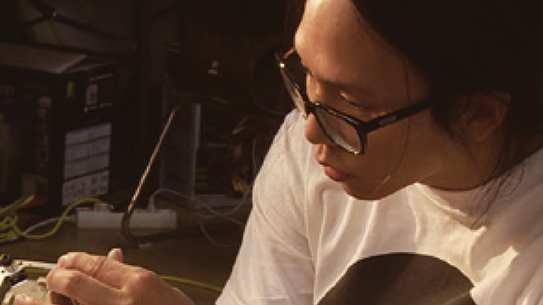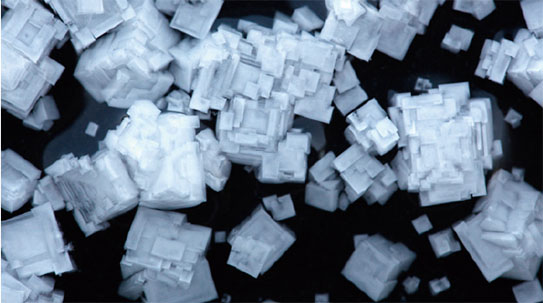
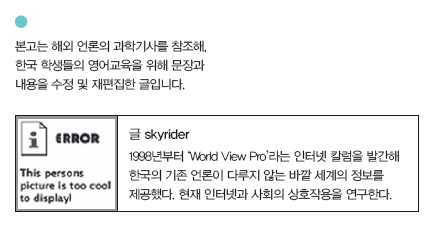
Computer programs these days can drive cars, fly planes, play chess and even make music. But can they tell a story? Chicago-based company Narrative Science has created a program that takes raw data and turns it into a story, a system that’s worked well enough for the company to earn its own byline on Forbes.com. Kristian Hammond, Narrative Science’s chief technology officer, said his team started the program by taking baseball box scores and turning them into game summaries. “We did college baseball,” Hammond recalled. “And we built out a program that would take box scores and historical information, and we would write a game recap after a game.”
Narrative Science then began branching out into finance and other topics that are driven heavily by data. Soon, Hammond says, large companies came looking for help sorting huge amounts of data themselves. “I think the place where this technology is absolutely essential is the area that’s loosely referred to as big data,” Hammond said. “So almost every company in the world has decided at one point that in order to do a really good job, they need to meter and monitor everything.”
Meanwhile, Hammond says Narrative Science is looking to eventually expand into long form news stories. That’s an idea that’s unsettling to some journalism experts. Kevin Smith, head of the Society of Professional Journalists Ethics Committee, says he laughed when he heard about the program. “I can remember sitting there doing high school football games on a Friday night and using three-paragraph formulas,” Smith said. “So it made me laugh, thinking they have made a computer that can do that work.” Smith says that, ultimately, it’s going to be hard for people to share the uniquely human custom of story telling with a machine.
“I can’t imagine that a machine is going to tell a story and present it in a way that other human beings are going to accept it,” he said. “At least not at this time. I don’t see that happening. And the fact that we’re even attempting to do it-we shouldn’t be doing it.” Other experts are not as concerned. Greg Bowers, who teaches at the Missouri School of Journalism, says computers don’t have the same capacity for pitch, emotion and story structure. “I’m not alarmed about it as some people are,” Bowers said. “If you’re writing briefs that can be easily replicated by a computer, then you’re not trying hard enough.”
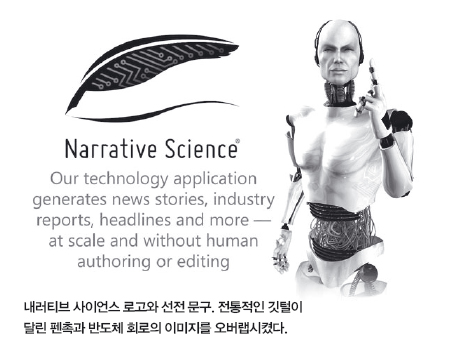
해석 프로그램이 기자가 될 수 있는가?
요즘 컴퓨터 프로그램들은 차도 운전하고, 비행기도 몰며, 체스도 두고, 심지어 음악도 만든다. 그런데 그들이 스토리도 만들 수 있을까? 시카고에 있는 내러티브 사이언스사가 가공되지 않은 데이터로 스토리를 만드는 프로그램을 개발했다. 이 시스템은 포브스지(경제잡지)의 웹사이트에 프로그램 이름으로 기사를 올릴 만큼 아주 잘 작동하고 있다. 내러티브 사이언스사의 최고기술담당자인 크리스티앙 해몬드는 그의 팀이 야구 성적을 기사로 변환하는 작업을 하면서 시작한 것이라고 말한다. “대학대항 야구리그전 점수부터 시작했어요. 우리는 프로그램을 만들어서 역사적 정보와 야구게임의 매 회 기록을 바탕으로 자동으로 기사를 작성하도록 했습니다.”
내러티브 사이언스사는 경제 분야를 비롯해 주로 데이터에 기반을 두는 분야로 확장하기 시작했다. 곧 대형 회그들을 찾아와 방대한 양의 데이터를 정리해주길 희망했다. 해몬드는 “이 기술이 필수인 분야는 흔히 ‘빅 데이터’라고 불리는 막대한 양의 정보를 처리하는 분야인 것 같다”며 “거의 모든 회사들이 어떤 시점에서, 정말 성공하려면 모든 것을 측정하고 모니터해야 한다는 것을 알았다”고 한다.
한편 해몬드는 내러티브 사이언스사가 궁극적으로는 더 긴 형태의 뉴스 스토리를 작성하는 것을 목표로 한다고 말했다. 어떤 저널리즘 전문가들은 이 아이디어에 동의하지 않는다. 직업기자 윤리위원회 회장 케빈 스미스는 이 프로그램에 대해 들었을 때 웃음을 참을 수 없었다고 한다. “금요일 밤에 고등학교 미식축구 경기결과를 놓고 ‘세 문단 기사 작성 공식’을 따르던 시절이 기억납니다. 그래서 웃었죠. 그들이 바로 그 기계적 작업을 컴퓨터 프로그램이 하도록 만들었다는 얘기니까요.” 스미스는 궁극적으로 스토리텔링이라는 대단히 인간적인 작업을 기계와 공유하는 것이 어려울 것이라고 예측한다. “기계가 사람들이 받아들일 수 있는 스토리를 만들고 프리젠테이션하는 것은 어려울 겁니다. 최소한 지금은 아니죠. 아직 그런 일이 일어나고 있지 않잖아요? 그리고 그런 일을 시도한다는 것 자체도…. 우리는 그런 일을 해서는 안 됩니다.” 다른 전문가들은 스미스만큼 걱정하지는 않는다. 미주리대 저널리즘스쿨 교사 그렉 바우어는 컴퓨터가 인간과 똑같은 목소리나 감정, 이야기 구조를 갖지 못한다고 말한다. 그는 “몇몇 분들처럼 크게 걱정하지 않는다”며 “만약 당신이 쓴 간단한 글이 컴퓨터가 쉽게 모방할 수 있는 정도라면, 당신은 더 노력해야 한다”고 말했다.







